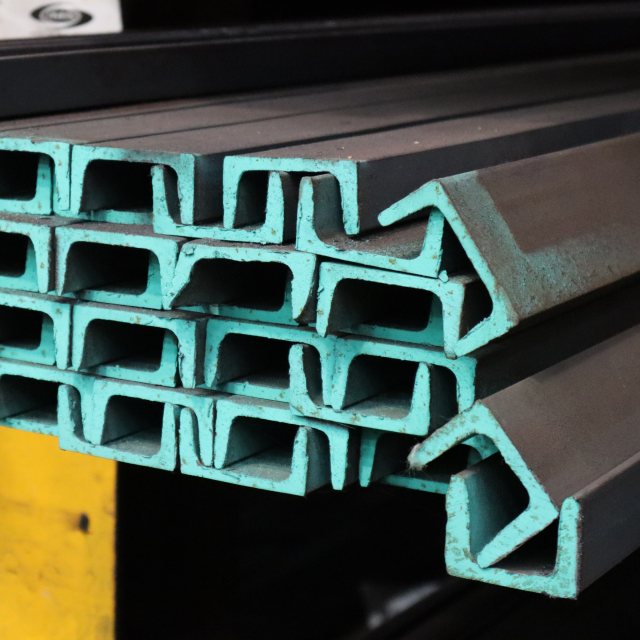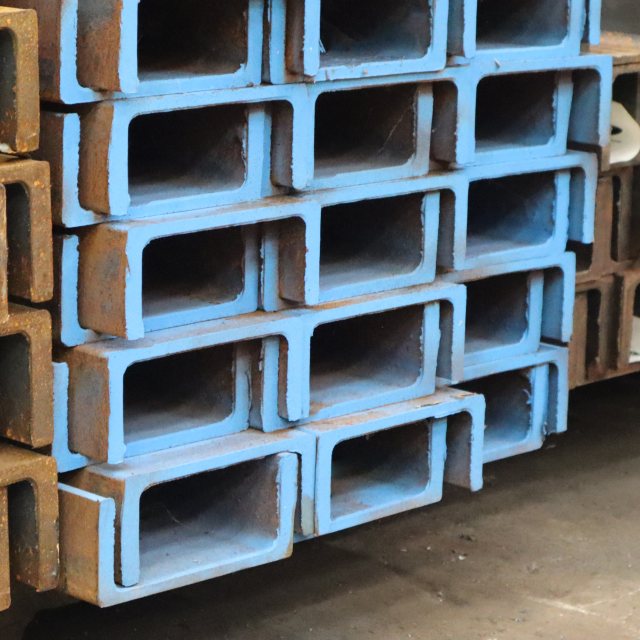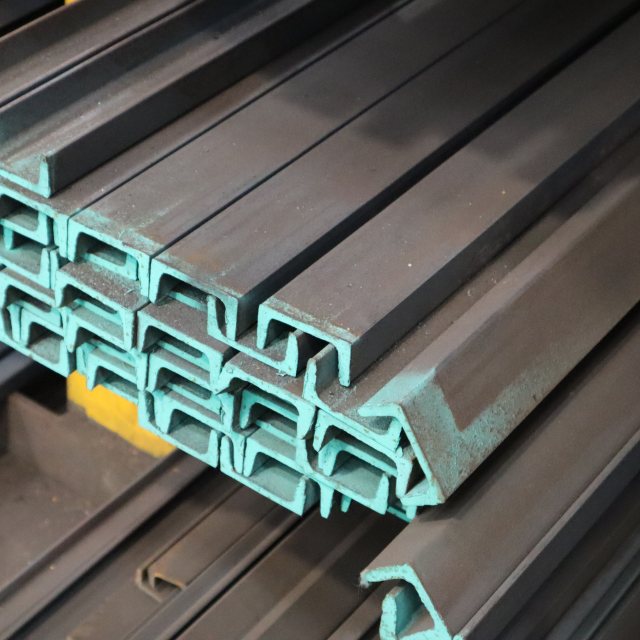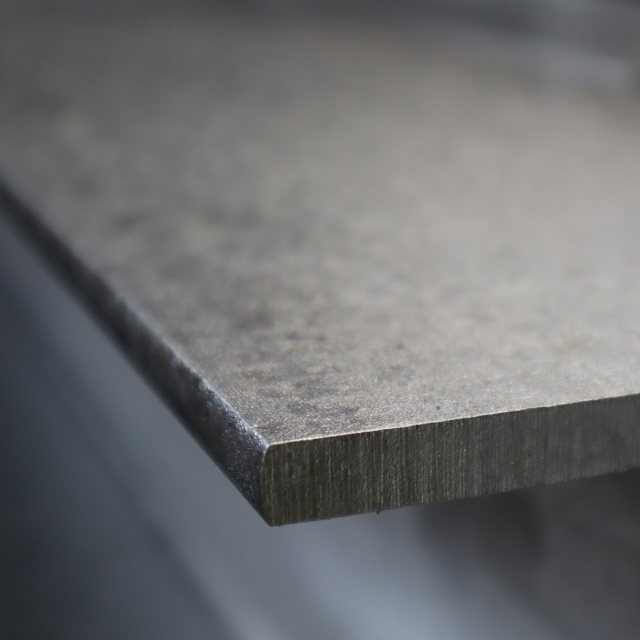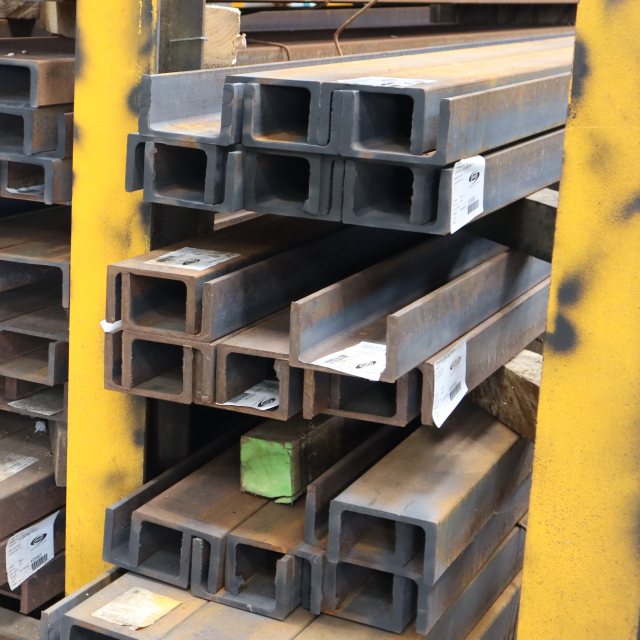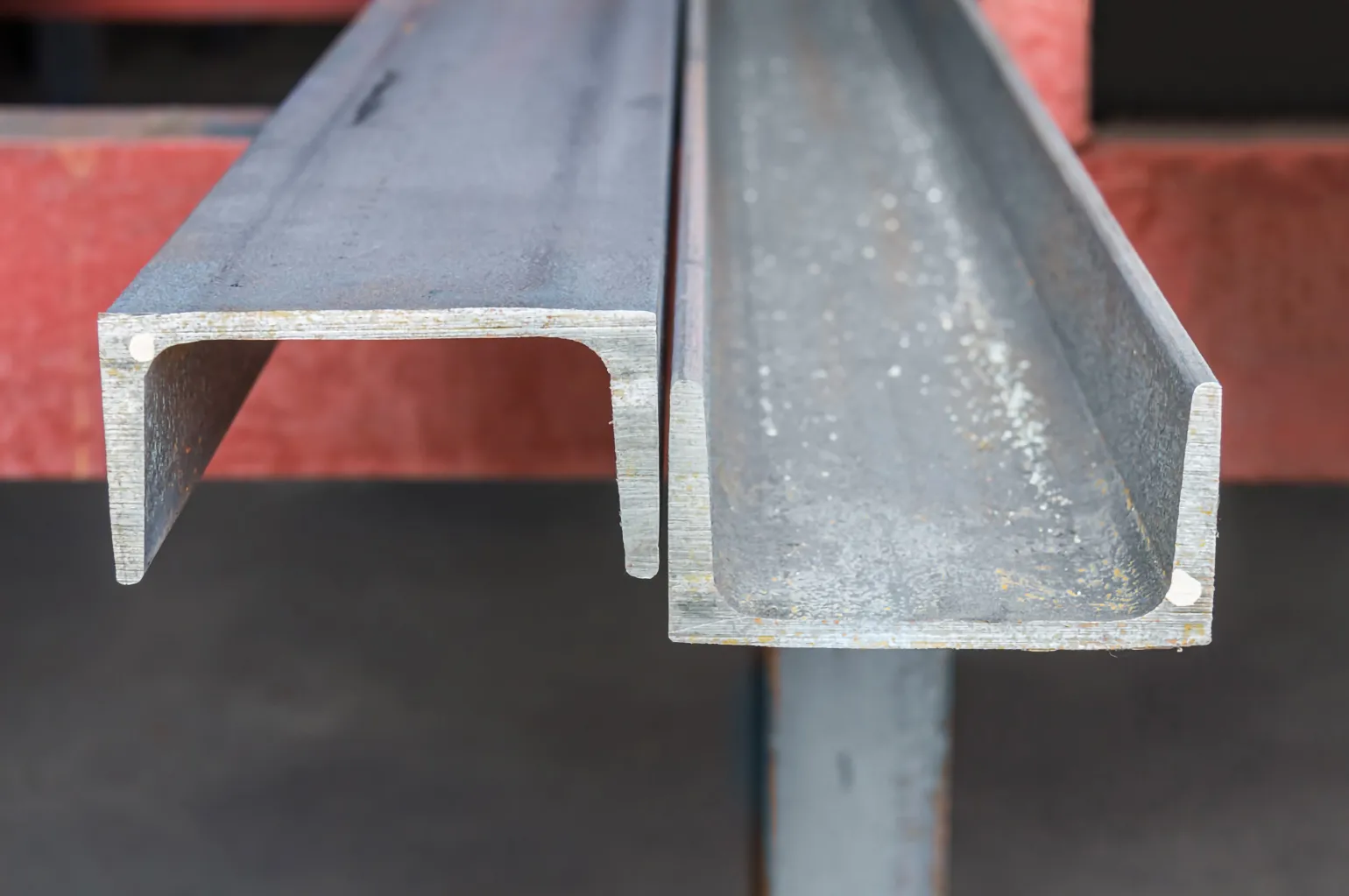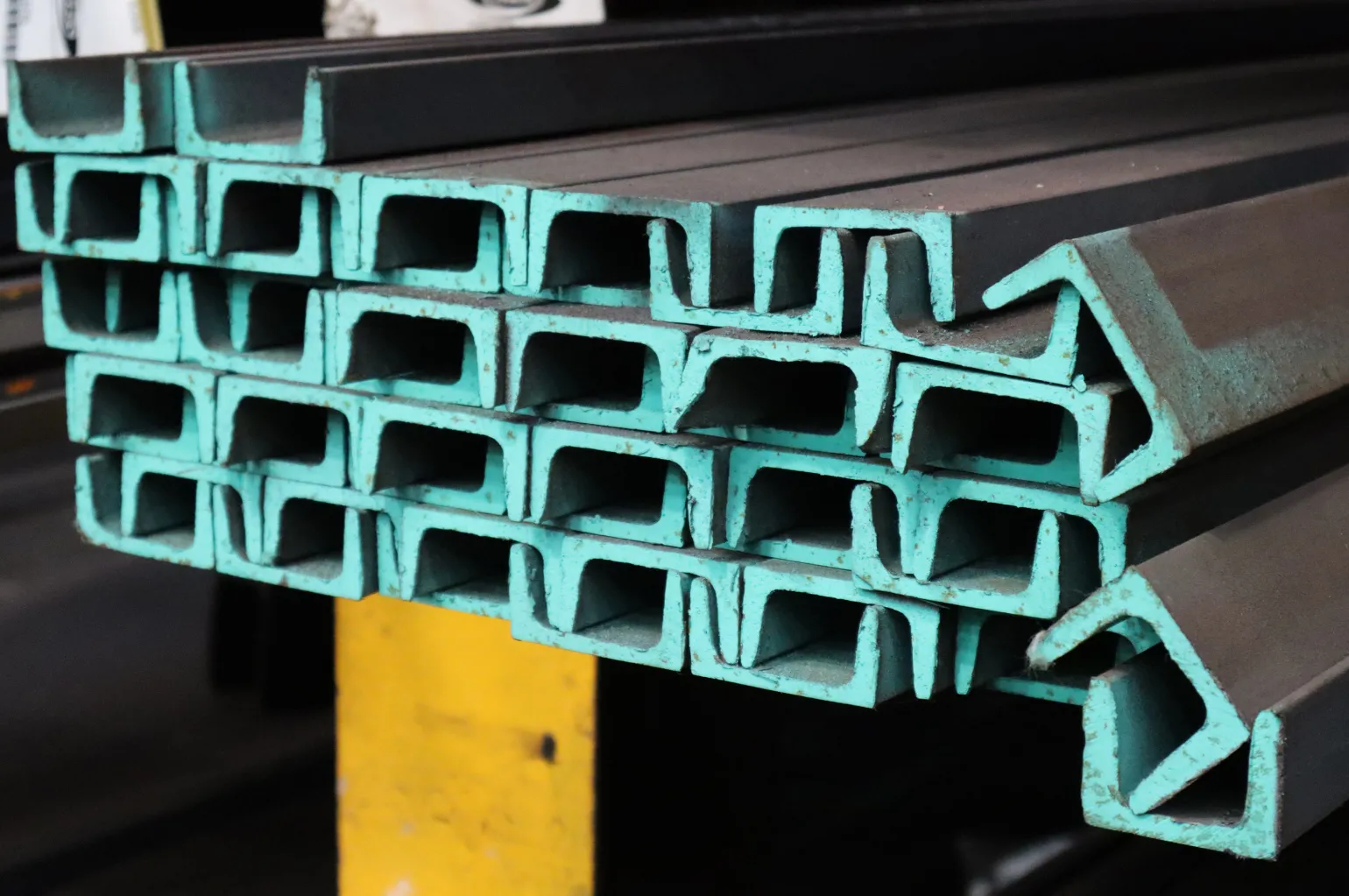Types of Steel Channels
A popular, versatile piece in construction and industrial applications, steel channels are available in a wide variety of shapes, sizes, and thicknesses. Gain a better understanding of these important steel profiles and find out how you can use them in your projects.




